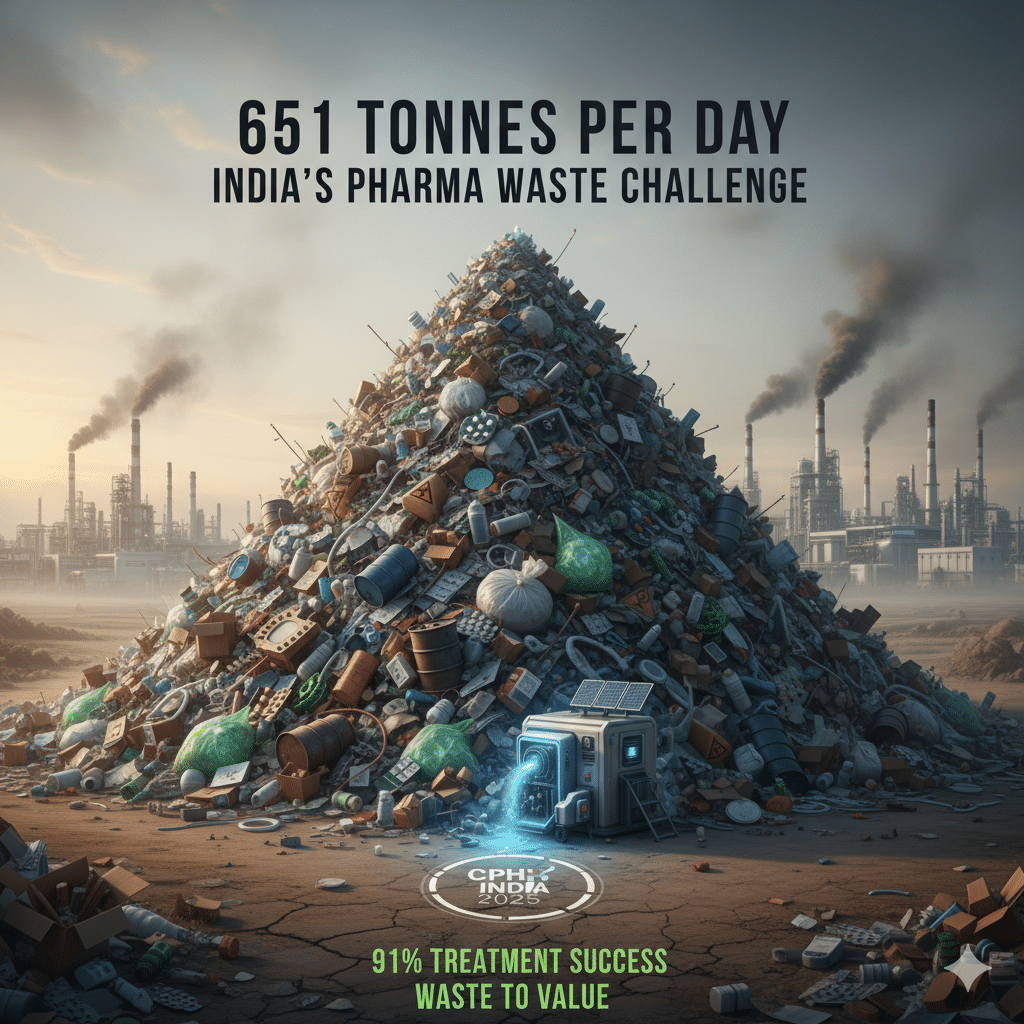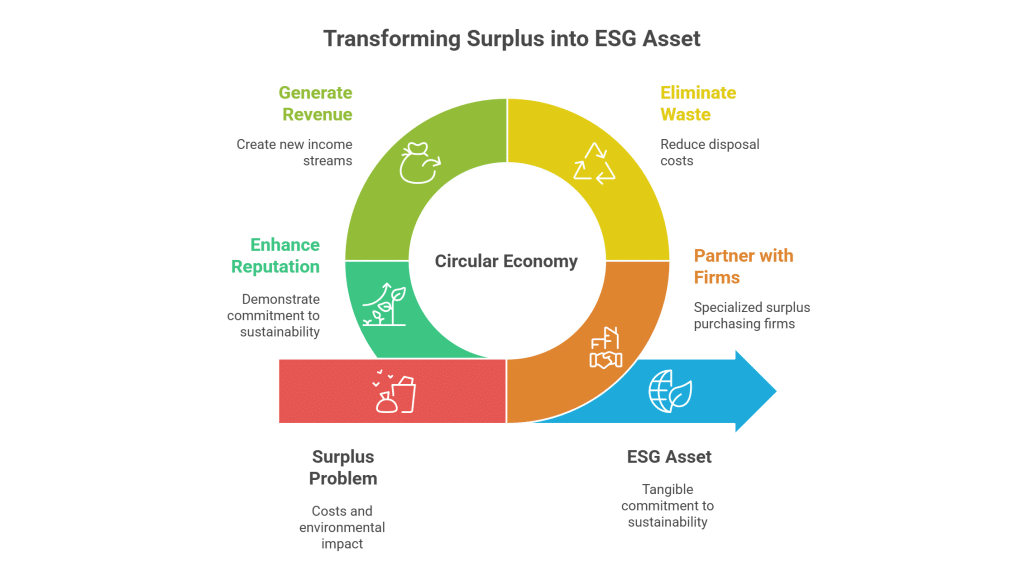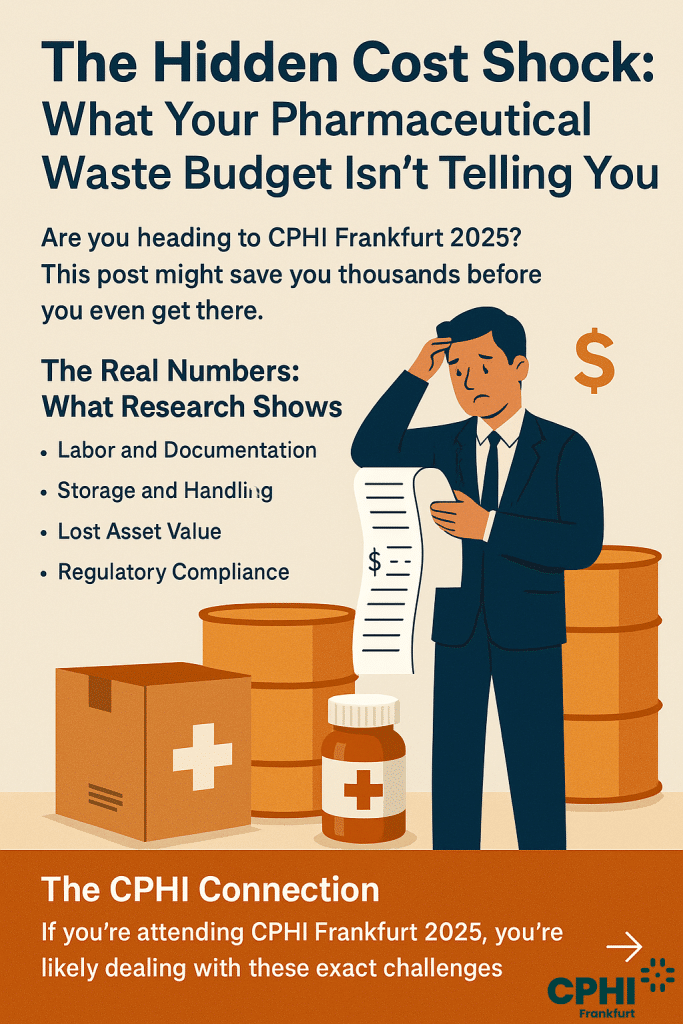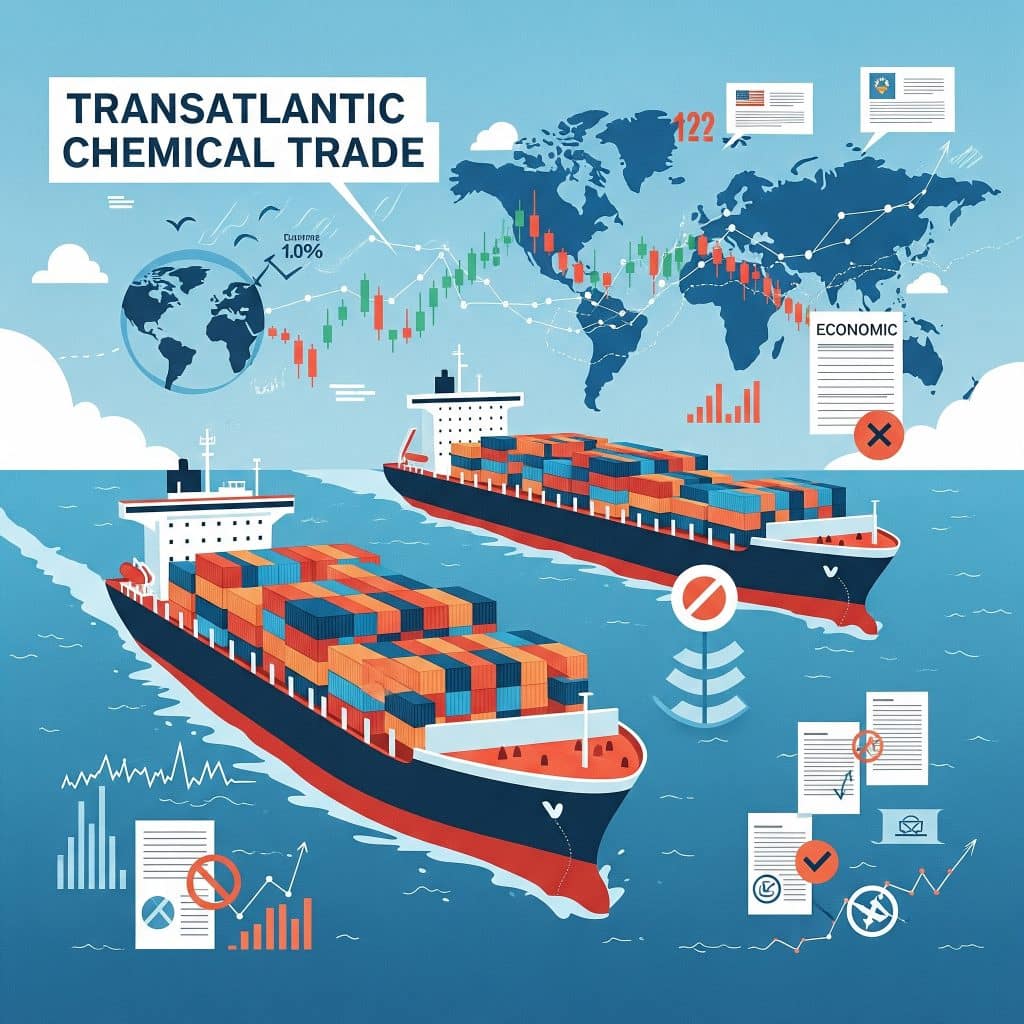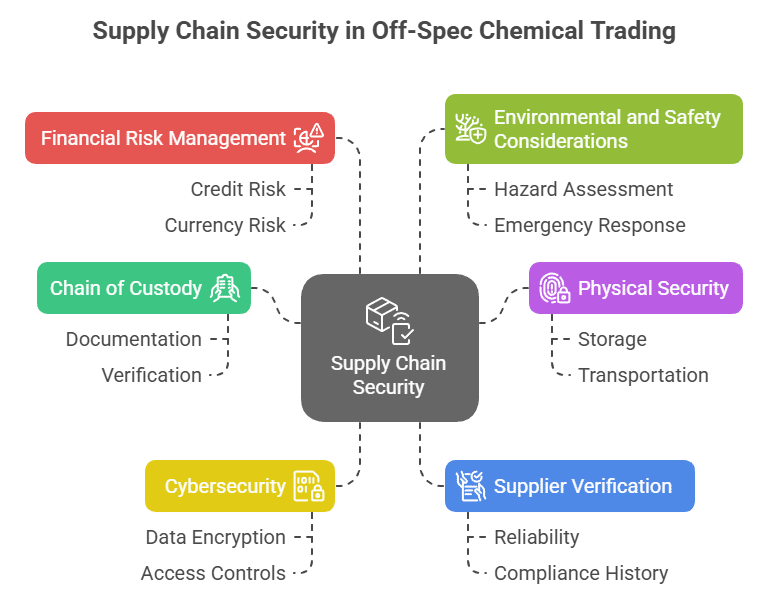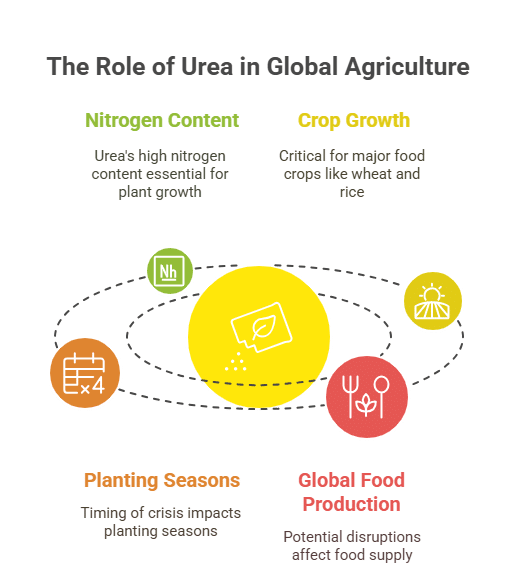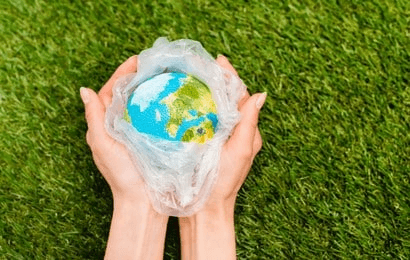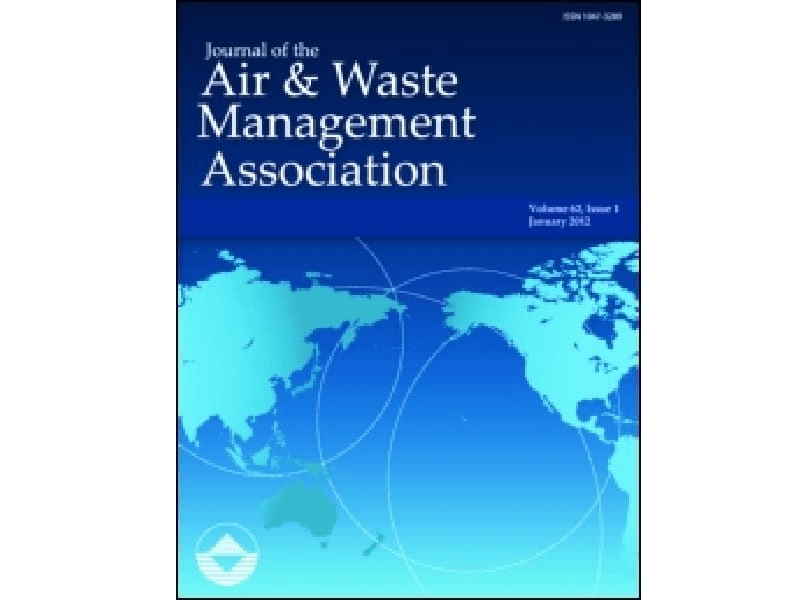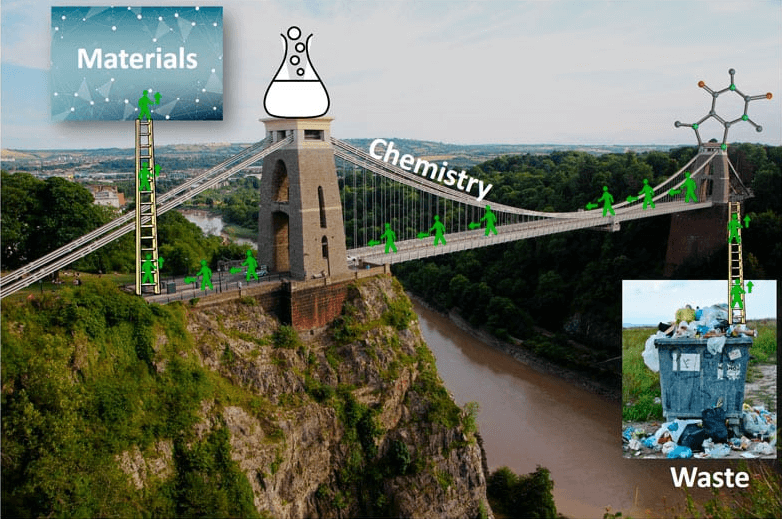Surplus Chemicals & the AI Cold War: Navigating China’s Export Controls in 2025-2026
As China intensifies export controls on critical minerals and key industrial chemicals – especially those tied to semiconductor manufacturing and AI infrastructure – companies that rely on high-purity inputs must rethink their sourcing strategies. At Surplus International, we help clients secure critical inputs before the market panics, by tapping into unused industrial overstock, expired R&D materials, and manufacturer surplus.
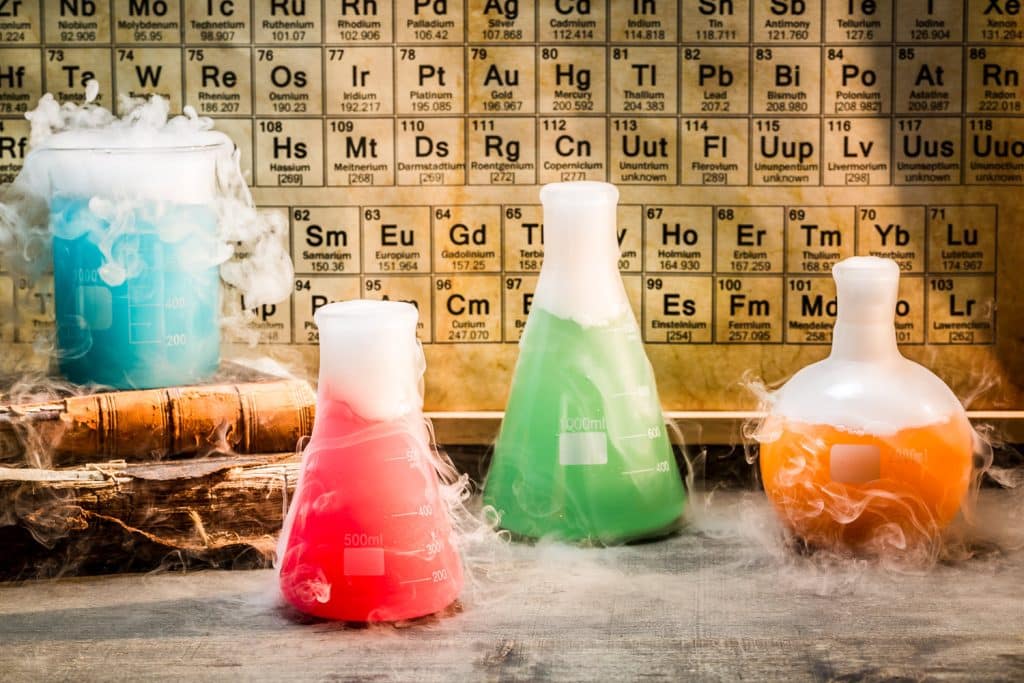
In a world reshaped by AI-driven competition and strategic decoupling,
chemical procurement is no longer just about price and volume. It’s about access.
As China intensifies export controls on critical minerals and key industrial chemicals – especially those tied to semiconductor manufacturing and AI infrastructure – companies that rely on high-purity inputs must rethink their sourcing strategies.
At Surplus International, we’ve built our business around a few ideas, one main idea is:
“What’s in surplus today could be in shortage tomorrow.”
In 2025, this principle has never been more relevant.
🔧 From Fertilizer to Photonics: Key Chemicals Facing Export Controls
While many headlines focus on rare earths and lithium, a growing number of non-mineral chemicals are quietly becoming strategic flashpoints – particularly those used in semiconductor cleaning, etching, and assembly.
Below is a breakdown of chemicals that:
- Are under active or partial Chinese export controls
- Have clear surplus potential
- Play a critical role in AI-related technologies
🧪 High-Risk, High-Need: The Top Surplus Chemicals in 2025
Chemical | China Status | Surplus Availability | AI/Chip Use |
Urea | Export quotas, price controls (2024-2025) | ✅ Very high | Cooling systems, LFP batteries |
Hydrogen Peroxide (H₂O₂) | Regulated for purity and dual use | ✅ High | Cleanroom sterilization, wafer cleaning |
Isopropyl Alcohol (IPA) | High internal demand, restricted exports in 2023 | ✅ High | Precision cleaning in chip fabs |
Acetic Acid | No formal ban, but national stockpiling in 2024 | ✅ High | Substrate production, solvents |
Dimethylformamide (DMF) | Safety licensing, dual-use watchlist | ✅ High | Photoresists, electronic coatings |
Triethanolamine (TEA) | Security sensitive (riot control agents) | ✅ Medium | Anti-static coatings, PCBs |
Tungsten Trioxide (WO₃) | Licensing as of Feb 2025 | ✅ Medium | Chip manufacturing equipment, X-ray shielding |
Molybdenum Trioxide (MoO₃) | Licensing as of Feb 2025 | ✅ Medium | Conductive films, thermoelectric devices |
Indium Compounds (ITO) | Under export review | ✅ Medium | Display tech, edge AI hardware |
💥 AI, Semiconductors & China: The Geopolitical Context
The global race for AI supremacy has placed semiconductors at the center of geopolitical tension. The U.S. has restricted China’s access to advanced chips; China, in return, is weaponizing its control over the chemicals needed to manufacture them.
Many of these chemicals – including IPA, H₂O₂, DMF, and TEA – are used in:
- EUV and DUV lithography
- Wafer etching and resist processing
- Cleanroom sterilization
- Packaging and inspection phases
These aren’t exotic or rare. But they’re indispensable – and when one country controls a disproportionate share of production or purification, that’s a risk.
📌 China currently produces ~80% of the world’s high-purity IPA and dominates low-cost H₂O₂ supply chains.
Add regulatory opacity, licensing delays, and stockpiling for internal needs – and you get the perfect storm for supply instability.
🔮 Our Forecast: What Chemicals Will Be Next?
Based on trade patterns, state media signals, and industry chatter, we expect additional restrictions in late 2025 / early 2026 on:
Likely-to-be-Restricted | Reason |
N-Methyl-2-pyrrolidone (NMP) | Used in battery and photoresist production; high export volume |
Hexafluoroacetone (HFA) | Crucial for fluorinated resins and chip lithography |
Sulfur Hexafluoride (SF₆) | Used in plasma etching and circuit breaker gas |
Anhydrous Hydrofluoric Acid (AHF) | Core input in semiconductor-grade fluorochemicals |
TMAH (Tetramethylammonium Hydroxide) | Developer in advanced node chip production |
Dipropylene Glycol Monomethyl Ether (DPM) | Used in cleaning and photoresist stripping |
These chemicals are not rare – but they are vital to advanced chipmaking. And China either produces or purifies much of the global supply.
🚨 The Surplus Solution
We help clients sidestep chokepoints by tapping into:
- Unused industrial overstock
- Expired or decommissioned R&D materials
- Manufacturer surplus due to cancelled contracts or spec mismatches
Each lot we broker comes with:
- ✅ CoA & MSDS
- ✅ Verified storage and shelf life
- ✅ Industry-specific compatibility checks (semiconductors, aerospace, pharma, etc.)
🧩 Real Examples from Surplus International
- Placed high-purity IPA from a shutdown COVID-era disinfectant plant into chip cleaning applications.
- Reallocated MoO₃ from aerospace research to EV cathode producers.
- Supplied surplus ITO targets to a display fab in Poland after delays in Japanese imports.
- Delivered pharmaceutical-grade H₂O₂ to a packaging facility after Korean suppliers paused exports.
📞 Get Ahead of the Next Shortage
If you rely on specialty chemicals for electronics, defense, battery, or advanced manufacturing – you can’t afford to wait.
At Surplus International, we help you secure critical inputs before the market panics.




